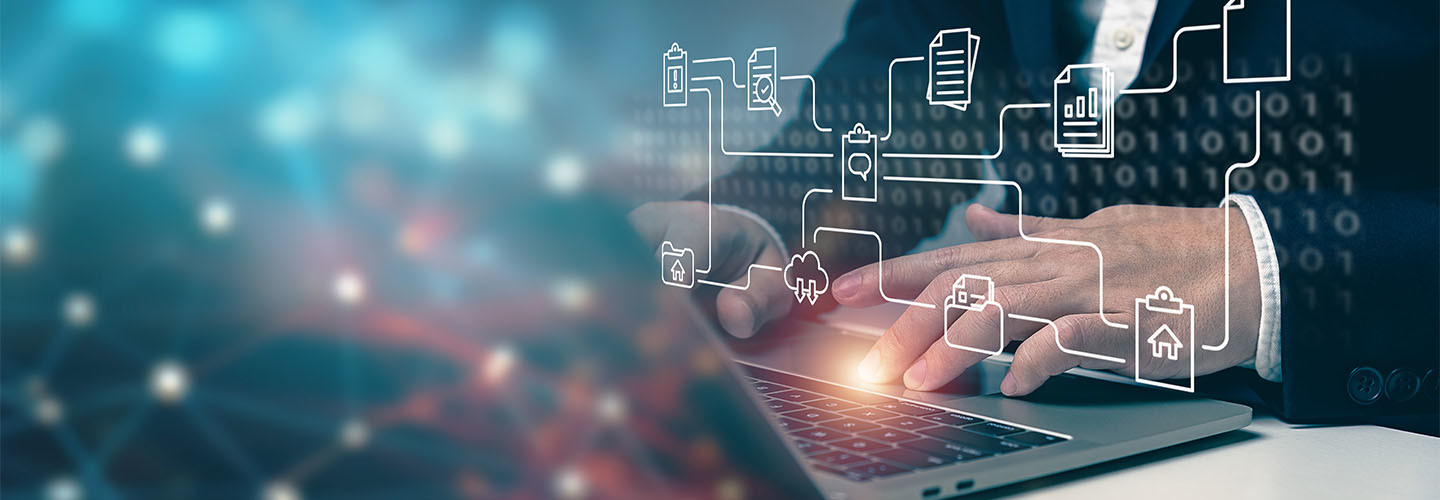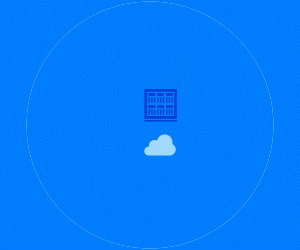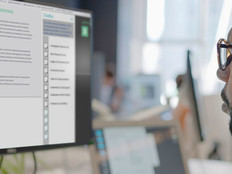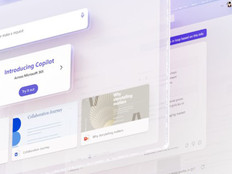3 Ways to Expedite App Assessment and Modernization
Agencies simply don’t have time to handle this process on a per-application basis, which is why some are decades behind on modernization. That’s why CDW recommends starting with an automated application assessment, a set of tools that reads all the app source code an agency wants to modernize, in a stand-alone environment.
CDW’s assessment solution, the Strategic Application Modernization Assessment (SAMA), produces a detailed but easy-to-read report within seconds, with no less than 12 to 15 measurable business values including complexity in lines of code and coding languages, vulnerabilities, contributing developers, resource requirements and the value of their contributions.
Once leaders have weighed in on the apps they want to target for quick modernization, refactoring, rewriting, or uplifting and cloud migration, an overarching summary executive report is generated that prioritizes mission-critical apps and easy wins.
A second CDW offering, SkyMap, generates an actionable infrastructure assessment and migration plan for agencies, predicting needed technical resources, budget and timelines. It provides progress transparency and automated escalation during project execution. By ingesting the data from the assessments, SkyMap, alongside SAMA, effectively lays out an entire modernization strategy.












